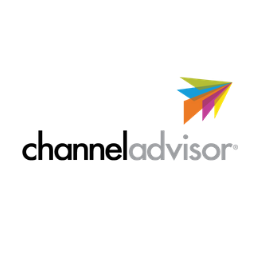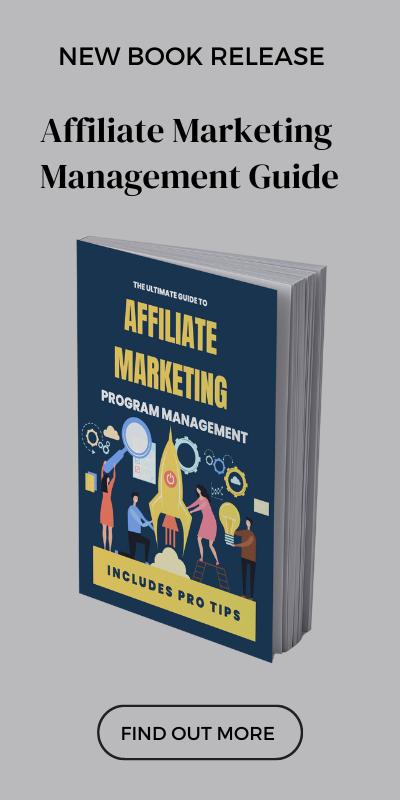In their most basic form, a product feed is a CSV, TXT or XML file containing product information. You then upload that file to your affiliate network, Google shopping account, Facebook account or wherever you want the products to show.
These sites are then able to show your products with relevant information like images, description and price.
If your product feed is updated regularly with good quality data then platforms like Google can use that as an indicator about your brand. Should they feel your product feed data is better than competitors, it could lead to you showing above or instead of them in search results.
Better search placements can lead to more sales.
From an affiliate perspective, your feed is uploaded into the network so affiliates (like with Google) can get relevant information about your products.
Affiliates Using Product Feeds
Blogger Subnetworks
Sites like RewardStyle and Shopstyle give bloggers the tools to monetise their websites. Widgets like ‘Shop The Look’ pull in the product feed so bloggers can showcase products most similar to what they are wearing.
CSS Partners
In Europe, after the fine handed to Google, they had to open up their shopping platform to more CSS partners. A surge of partners will now use your product feed to advertise products on your behalf in Google Shopping. They pay the upfront CPC costs and receive a commission on any qualified orders.
Comparison Sites
These can be searchable price comparison sites like Idealo or PriceRunner. But, they can also be the widgets you see on online publications that want a price comparison for a product featured in an article.
Product Search Engines
Sites like this are normally in a particular niche like furniture or women’s fashion. They are essentially a shopping site that gives customers inspirational ideas on what they should be buying. This type of affiliate can be a great way to put your brand in front of a purchase-ready customer.
Display Partners
Affiliate display partners will reengage customers that have left your site by showing your brand as a display ad on another site. The more successful campaigns include dynamic ads. These include the actual product the customer viewed to encourage them back to the site to purchase. Product feeds can be one way they store the products data attributes.
Plugins
WordPress plugins like Datafeedr allow affiliates to easily import the feed data from different networks and create an online shop. Without access to your feed, you risk giving potential traffic to a competitor.
What To Include In Your Product Feed
Most affiliate networks will have mandatory fields like name, description, image and price that have to be included in your product feed.
Aside from these basics, the more information you can include the better your product feed will be for affiliates.
Take a shopping site for example. If a customer searches “blue sofa” and your products show up, then that is great. But, customers will want to hone in their searches around their particular requirements such as size or material. Should your competitor include them in their feed and you don’t, you will get lost from the search as the customer filters results.
Here is a list of information you can include to create a more detailed product feed:
- Product Name
- Product ID
- Price
- Short Description
- Long Description
- Website link
- EAN / SKU
- Category
- Stock Numbers
- Weight / Size / Material
- Technical Specifications
We have spoken about what to include, but, it is also relevant to mention what to exclude. That includes out of stock products but also any products that affiliates might not receive a commission for.
I work with retailers that have a large volume of brands listed on their site. Some brands refuse to be included in their digital marketing activity. We created a new feed that removed any opted-out brands so affiliates received a feed only with commission earning brands included.
How Often Should You Update
To begin with, you could download your product feed from your site and upload it to your affiliate network just to get things started.
But, I would always recommend keeping your product feed file in a hosted url somewhere so the network can pull the latest product info at least twice a day. This might need some development help but will be very beneficial.
This is because you want to be showing the latest information. So, that if a product is out of stock a CSS partner won’t pay a CPC to send a customer to an empty page.
If you need some expertise in getting your product feed setup and optimised for all your digital marketing channels. Then I would recommend getting in touch with the companies below.
Affiliate Product Feeds
Optimising your product feeds for all marketplaces and channels

Lengow
Lengow helps online retailers find the right marketing channels to scale, optimize and automate all online activity

Feedonomics
They have engineered the world’s most powerful shopping feed platform for multiple marketplace listings.

Channel Advisor
Since 2001, ChannelAdvisor has helped global brands solve their product feed requirements.
Conclusion
If you are a company selling products online, it is integral to have a product feed for your different marketing channels.
Within the affiliate channel, it will help you engage with a wider breadth of partners and lead to more orders on your site. Just make sure you are including as much information as possible and are updating the feed regularly.
Do you have any tips for better management of your affiliate product feeds? Let us know in the comments below.




